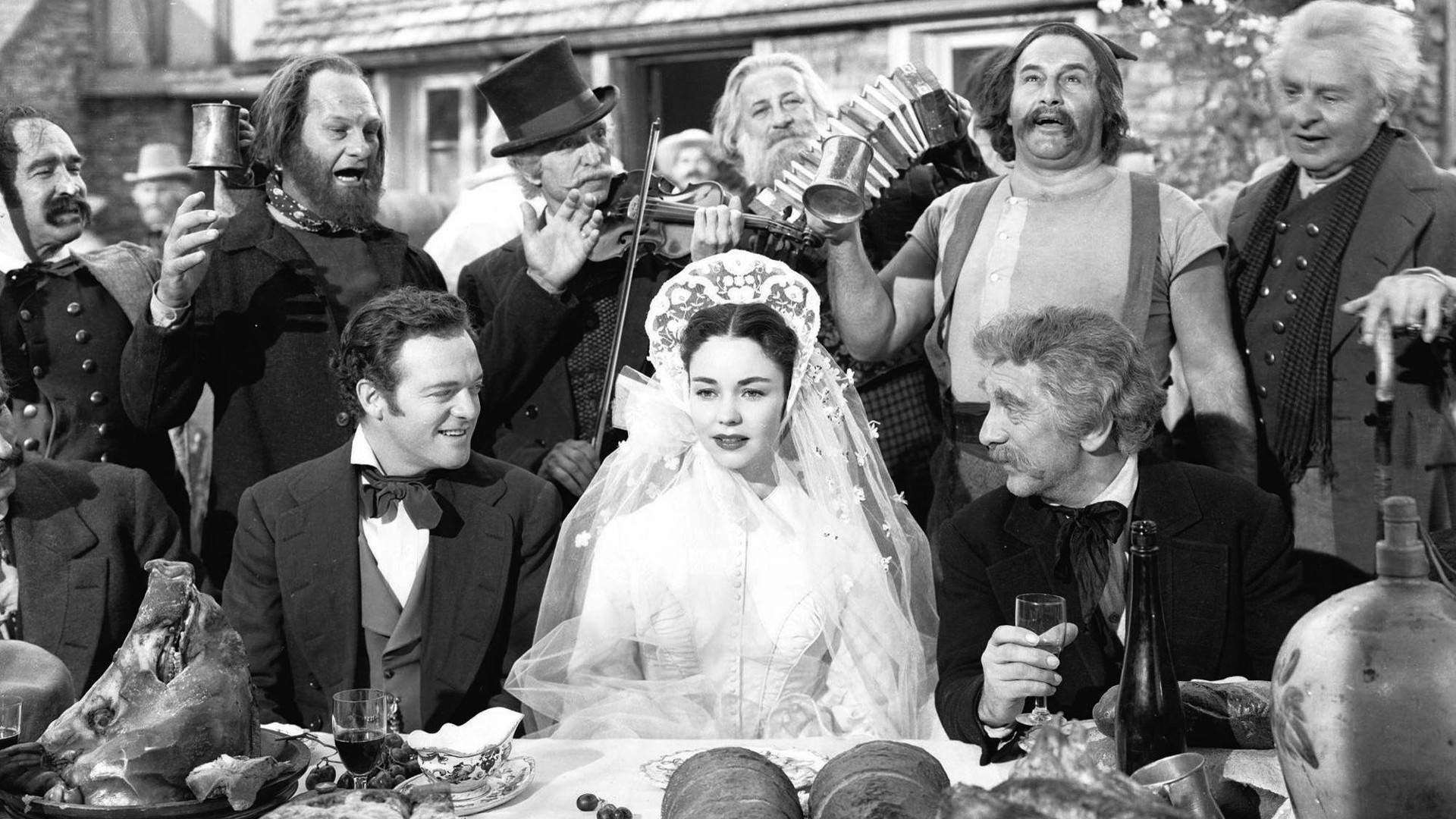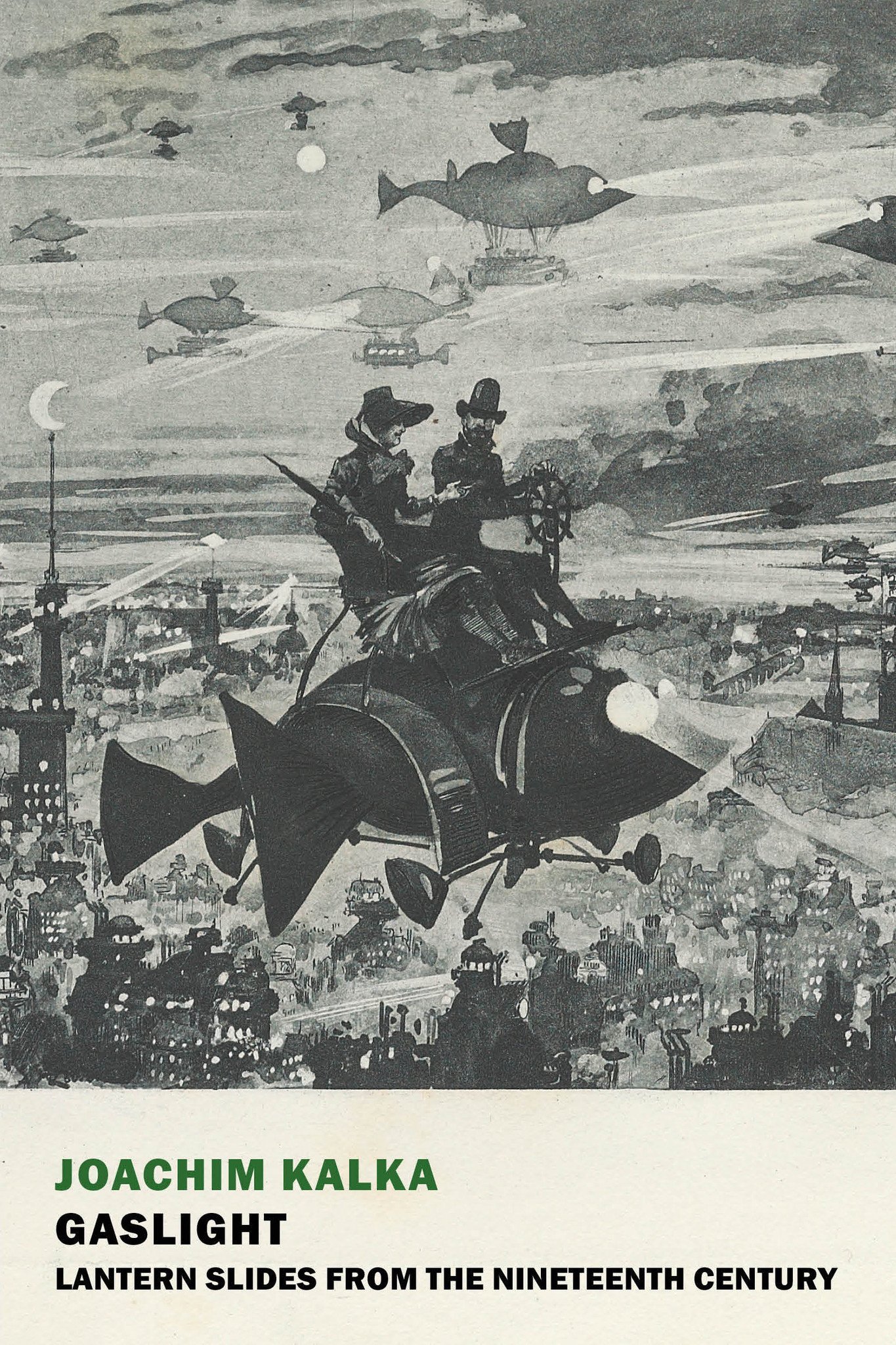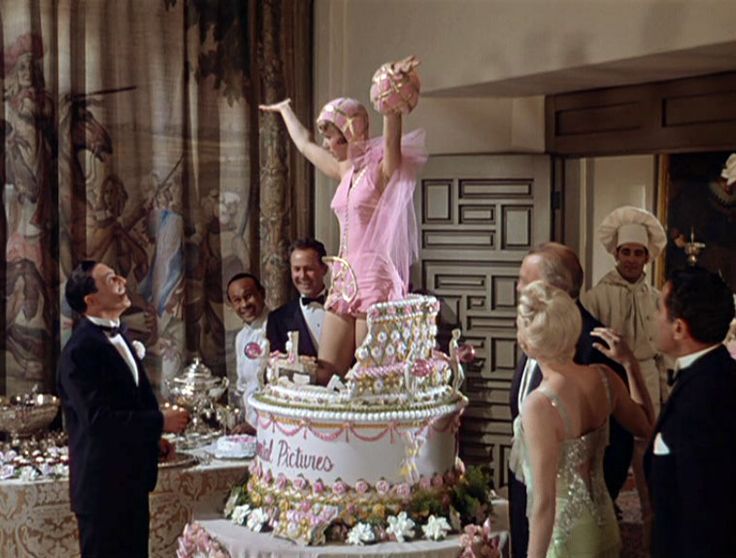中華電MOD難聯絡。yy晚餐之後約周末後。
Hans 將I M Pei 搞成BEI;6-7小時之後再通知他。
- Madame Bovary’s Wedding Cake
- James Comey 6月8日 聽證詢書面全文 (及udn翻譯)的討論
- 「哈密瓜陽台(日文為:めろんのテラス)?
- 翻譯腔4則 (2007;2017)
- Doha, 卡達/卡塔尔
the Bund
走過新生南路3段、溫州街,看到盲人用竹竿探路.....很久沒看到這.....真理堂前晚間來了位神經病,她的哭調謾罵語陣,頗有與人誓不休的架勢。
.....經常會看到商家招牌和裝潢換來換去;或許有天,都成為食品、冰店街.....。那家經營三十多年的茶餐廳周圍的樹、草都被新舊主人清理光光,改成賣冰店。隔壁的衣飾店,大玻璃窗上,赫然貼著四字:結束營業。
Free China Review, Taipei Review, Taiwan Review
"The Taiwan Review was established in April 1951 under the name Free China Review – as opposed to the communist Chinese mainland – and at that time was the first ROC government-funded English-language publication targeting overseas readers. The Free China Review title stayed for half a century before it was renamed Taipei Review in April 2000, and finally Taiwan Review in March 2003 to better reflect the origin of the publication."
缺搜索功能的老月刊
我拿了2009年9月的{藝術家月刊},沈奕伶有篇 "建築大師科比意的繪畫與雕塑世界",pp. 360-81。2年後,該社出版下述另一本書。
Madame Bovary’s Wedding Cake
There is a certain tradition in French cuisine with a paradoxical connection to French history: following the revolution, bourgeois cuisine saw itself as a sort of heir to court cuisine, and on formal occasions the elaborate productions of the aristocratic table were perpetuated in upper-middle-class dining rooms. This can be observed in many different details, for instance in the history of the table centerpiece. Among the oddest imitations of aristocratic dining extravagances utterly lost to us today was the custom of serving edible structures. The only example we are still familiar with (at least from shop windows) is the wedding cake, which combines elements of architecture, sculpture, and occasionally portrait painting.
Surprisingly, Balzac, the great diner, never provides a detailed description of a grand dinner with all its accessories, a lack of interest implying a certain critique of the stultifying pomposity of these elaborate rituals—he is more concerned with depicting en detail the dreariness of the dinner table at Pension Vauquer. But in one superficially unremarkable passage, the bourgeois novel at its peak casually pulls off a radical exposure of the custom of staging food.
A country wedding is being celebrated. The tables have been set up in the open air. First the author describes the meal, lavish yet simple, down-to-earth yet festive. And it comes to a special culmination and climax:
A confectioner of Yvetot had been entrusted with the tarts and sweets. As he had only just set up in the place, he had taken a lot of trouble, and at dessert he himself brought in a set dish [une pièce montée] that evoked loud cries of wonderment. To begin with, at its base there was a square of blue cardboard, representing a temple with porticoes, colonnades, and stucco statuettes all round, and in the niches constellations of gilt paper stars; then on the second stage was a castle of Savoy cake, surrounded by many fortifications in candied angelica, almonds, raisins, and quarters of oranges; and finally, on the upper platform a green field with rocks set in lakes of jam, nutshell boats, and a small Cupid balancing himself in a chocolate swing whose two uprights ended in real rosebuds at the top.Until night they ate. When any of them were too tired of sitting, they went out for a stroll in the yard, or for a game of bouchon in the granary, and then returned to table.
The description of the cake served at Emma Bovary’s wedding is embedded in the unfolding of a rustic celebration at which guests doggedly eat vast quantities and devote themselves to coarse pleasures, lifting weights and grabbing women—boorish larks whose ingenuous foolishness is immune to accusations of bad taste. In this rural, archaic milieu, the cake is a foreign body greeted with cries of astonishment: an exotic spectacle. The ambitious confectioner delivers it from Yvetot, a provincial Norman town on the road from Tostes (the scene of the action) to Le Havre, much smaller than the almost equidistant Rouen. And yet it is “modern” and unexpected: its appearance marks the incursion of urban luxury into the rural backwater. Within the context of the novel, it is an artfully subtle symbol. The kitschy details of this confectionary construction discreetly reflect the bride’s perishable sentimentality, her “Bovarysme.” “The lake of jam,” Nabokov writes in his brilliant analysis (Lectures on Literature), “is a kind of premonitory emblem of the romantic Swiss lakes upon which, to the sound of Lamartine’s fashionable lyrical verse, Emma Bovary, the budding adulteress, will drift in her dreams; and we shall meet again the little cupid on the bronze clock in the squalid splendor of the Rouen hotel room where Emma has her assignations with Léon, her second lover.”
*
This cake’s symbolic role within Flaubert’s novel is one thing; one can also seek to decode its gastronomic history. It is no mere pastry, it is a structure with mimetic pretensions. Such efforts to shape and reshape are familiar even from the literature of antiquity: the locus classicus is the grotesquely elaborate, endless, tasteless feast held by the nouveau riche Trimalchio in Petronius’s Satyricon, the only Latin novel of imperial Rome that has (in fragmentary form) survived. Here the dishes nearly always seek to simulate something else, shaped from a different substance than anticipated or imitating something they are not—“quinces with thorns stuck in them to resemble sea urchins.” Of the chef—known as Daedalus for his virtuosity—it is claimed: “Just say the word, and he’ll whip you up a fish out of sowbelly, pigeons out of bacon, doves from ham and chicken from pigs’ knuckles.” Another possibility presented here is to make foodstuffs (or other physical materials) into riddles: prizes are raffled off, and the person who wins a moray (muraena) is given a mouse tied to a frog (mus/rana). The author, skewering the aesthetic strategies at Nero’s court as people seek to outdo and astonish one another, portrays these corny puns as examples of nouveau riche tastelessness. But they also reflect a naive, childlike pleasure in the transformation of material, in eating something so skillfully imitative that for a moment one is able to fall for the illusion. All the endless jests of Trimalchio’s banquet aim to astonish: in staged scenes, cooks and servants perform mini-dramas of deception, seeking to arouse both amazement and disgust. The decisive factor is always the surprise effect. For instance, the simplest variant, a mere effigy, is represented by a statue of Priapus made from cake.
There is something embarrassingly pretentious about these arts. This emerges even more clearly when we encounter them once again—first in a simplified form, then gradually becoming more and more luxurious, though still relatively coarse—on the dining tables of the medieval and early modern courts. The dishes are full of ostentation, just as they are often systematically over-seasoned, too sweet and spicy, to demonstrate that the hosts can afford expensive spices; they abound in crude surprise effects, just as guests taking their seats at a princely table might be suddenly drenched by hidden fountain jets. Those things gradually vanish from the dining table, those animals painstakingly restored to their original shape, those sculptures of lard, of ice cream, of mashed potatoes, those castles and parks confected from sugar. Regarding the latter, the late, already anachronistic apotheosis of confectionary architecture comes in the treatise Le pâtissier pittoresque, written by a great chef whose name paradoxically evokes a fast: Marie-Antoine Carême, “le Palladio de la cuisine,” Talleyrand’s cook at the Congress of Vienna. Published in 1815, his book puts all of them on parade once more, the “grand pavillon gothique à 44 colonnes” and the “grand cabinet chinois,” the antique and picturesque structures of pastry and fondant. Our era has forgotten them. In middle-class cuisine, the transformation of food into structures has dwindled away, taught by old cookbooks only for extremely rare occasions, so that now the art has vanished almost entirely; nothing remains of the great edifices and the “pieces montées” but the little paper flags and Japanese parasols stuck into desserts. One last, almost parodic echo is found on the children’s menus of German ice-cream parlors, featuring effigies of Mickey Mouse and other cartoon characters, imitations of spaghetti or fried eggs. This goes back to the confectionary tradition—candy in different shapes, chocolate cigars, fondant Easter Bunnies. Naturally, the wedding cake, as one gigantic sweet, is part of this confectionary practice, but while the sculptures produced by chocolatiers and candy factories generally serve as gifts, stand-alone items isolated from the meal, the cake is served up and displayed on the dinner table. Thus it stands as the final monument to the epoch that sought to mold the courses of a formal feast into astonishing shapes.
Cake is predestined for architecture by the malleability of its material—but this childishly pleasurable plasticity also gives cakes an odd affinity to comedy; the cake fight is a topos of old slapstick movies. Two Laurel and Hardy films stake out the possibilities: From Soup to Nuts (1928, MGM / Hal Roach) is an étude, of some interest for the history of the upper-middle-class society dinner, in which Stan and Ollie are hired as servants and Ollie, in balletically choreographed variations, keeps falling facedown onto the cake he is trying to serve. The Battle of the Century (1927, MGM / Hal Roach) begins with a slip on the traditional banana peel and brings in a pastry shop’s delivery truck to build, step by step, an escalation of misunderstandings and universal retaliatory urges that fills an entire street, ultimately shown in one wide-angle shot, with a rampaging crowd of people throwing pies at each other and covering vehicles and passersby in whipped cream. These are the iron laws of slapstick cinema: a banana is for slipping on; a cake is for throwing in someone’s face. Cake has something inherently comical about it. But in the mythology of the cinema it also acquires something slightly sinister; the more common it becomes, on festive occasions, to have a girl jump out of an outsized cake, striking an innocently lascivious pose to the delight of the guest of honor, the more likely it seems that the cake might bring forth quite a different, lethal surprise—the fate of “Spats” Colombo at the meeting of the Friends of Italian Opera in Some Like It Hot. In Singin’ in the Rain the cake’s two functions are elegantly synthesized: first Debbie Reynolds jumps out of the cake in a professional capacity, and a moment later, in private rage, she is throwing its icing at Gene Kelly (hitting Jean Hagen). The wedding cake is, as it were, the gift of fortune from which the (hopefully attractive) future shall emerge.
*
The cake served in Madame Bovary is a seemingly incidental detail that the author presents as though it were merely an interesting facet of the sociology of taste, part of realism’s program of offering a thick description of a society’s customs. But it is more than that. Nabokov, that magnificent reader, recognized with his unerring gaze that the multilevel, many-faceted wedding cake picks up another motif of the novel, one that appears at the very beginning. It sounds improbable, yet once you have seen it, it is utterly clear and evident: the motif is the cap worn by the adolescent Charles Bovary as he enters the room where “we were in class” in the first line of the first chapter. This cap is a grotesque object, one of those things “whose dumb ugliness has depths of expression, like an imbecile’s face.” What contributes most to its ugliness is its composite character; it is a preposterous assemblage containing “traces of the bearskin, shake, billycock hat, sealskin cap, and cotton nightcap.” The uppermost part of the elaborately ugly structure is made of cardboard; Nabokov notes that the cake, with its cardboard base, starts where the cap leaves off. Both, in Nabokov’s words, are “a pathetic affair in poor taste.” The cap and the cake embody the sort of tastelessness that has something sad, helpless, almost touching about it. The novel is constructed to make them mirror each other in a meticulous arrangement—both of them symbols of failed effort.
In a period that, as the novel was written, was beginning to call itself the “age of reason,” this attempt to salvage some vestige of theatricality from a feudal cuisine of surprise and spectacle is a gastronomical flop. It is a flop not only in Flaubert’s merciless eyes: even his contemporary readers had to realize that despite the naive provincial audience’s cries of amazement the cake is an embarrassment. (The cries demonstrate that the guests are still in a state of consumerist innocence.) Yet in this object, Flaubert lets ugliness come into its own. No author dissected the age’s supposed reason and revealed its vanity with such sardonic precision. Conversely, at times his novels reveal a great, humble respect for what is despised. Of course an object such as the wedding cake, that last veteran of the edible edifices, is nothing more now than a melancholy testimonial to tastelessness. But there is something touching about its ugliness: part of Flaubert’s greatness is his ability to depict the cake simultaneously as a monstrosity and as an affecting attempt to create a thing of beauty with grotesquely unfit means.
This essay appears as part of “Two Gastronomic Vignettes” in Gaslight: Lantern Slides from the Nineteenth Century, a collection of essays by Joachim Kalka, out now from New York Review Books. Reprinted with permission.
Translated from the German by Isabel Fargo Cole.
Joachim Kalka is an essayist, literary critic, and translator of authors such as Martin Amis, Angela Carter, G. K. Chesterton, Nathaniel Hawthorne, Christopher Isherwood, and Gilbert Sorrentino. He lives in Leipzig, Germany.





沒有留言:
張貼留言